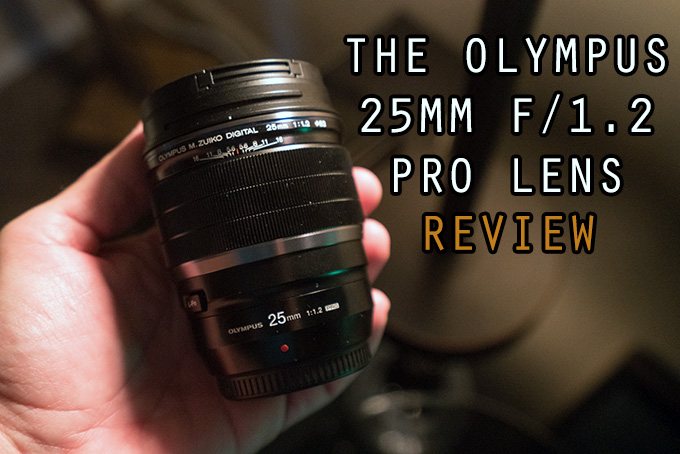
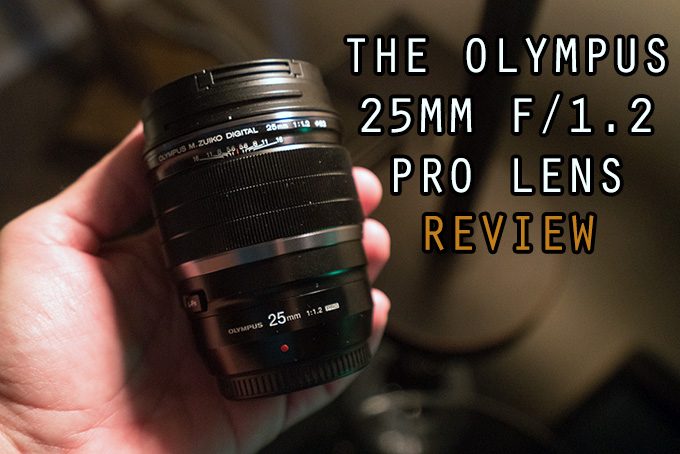
The No Comprise Olympus 25 f/1.2 Lens. My Review of Olympus’s best fast prime.
By Steve Huff
NOTE: Click images in this review to see them how they were meant to be seen! The small versions you see below have the quality reduced so to see larger, click them!
ORDER: Order this lens at B&H Photo HERE. Or you can Also go with Amazon HERE.
Wow, it’s been an Olympus whirlwind these past two weeks. From the new E-M1 MKII review to the testing of the new 12-100 f/4 in Iceland to this lens, the 25 f/1.2, we have been flooded with not only Olympus gear, but some of the best gear they have ever made in my opinion. When I heard the rumors long ago of the new f/1.2 Pro line of lenses (I think there will be one more to come) I was skeptical. How big would an f/1.2 lens have to be, especially when it is a 25mm which are hard to keep small while retaining super quality that is reserved for “Pro” lenses?
I’ve seen no color fringe, RAW or JPEG. I have seen amazing detail when wide open at f/1.2 and this lens features 19 lens elements in 14 groups for maximum quality.
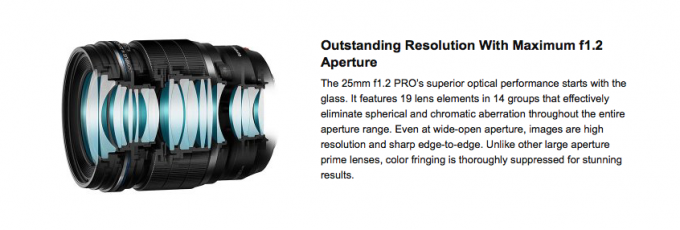
Olympus just did not want to release any old normal 25 f/1.2, and make it OK wide open, and usable by f/2…they wanted to make the best fast prime they know how to make. They already have the bargain of the century 25 f/1.8 lens which will also give a 50mm equiv field of view, but that lens, as good as it is for the money, is not going to deliver the goods, IQ, color, and Bokeh like this new f/1.2 can. This new 25 f/1.2 is a masterpiece, and I compare it to the big guns from Leica and Sony more so than any cheap “Nifty Fifty”, which in no way can compete with this lens.
Understand, this is a statement lens from Olympus, to showcase the best they can do. It is not going to be small, it is not going to be cheap, but it is going to deliver some of the best IQ you will ever see with Micro 4/3. Wether you shoot with a Panasonic or Olympus, this is a lens you MUST try or rent or buy if you have been craving this look with Micro 4/3.
Closer in, wide open at f/1.2 and some Vignette added to really pull out the dogs face 😉 Click it to see it the right way!
The last time I was this excited about a fast prime for M 4/3, it was for the Nocticron by Panasonic/Leica. That lens offered an 85mm FOV with a fast f/1.2 light gathering aperture. That lens, and this lens now offer Micro 4/3 users the most shallow DOF they can get at this kind of detail level, period. No other lenses for this format delivers this speed of aperture with this performance. For the M 4/3 haters, you would never understand. But for Micro 4/3 lovers, this is a BIG DEAL. Also, the Nocticron IMO is not as good as this Olympus for all out Image Quality. WHAT?!?! Well, both are stupendously good but the Nocticron offers up a more “digital” feel while the Olympus, still digital of course, offers up a more organic style of rendering that reminds me more of something out of a Leica SL and 50 APO. Well, not quite but you get the point, lol.
This lens is indeed special for Micro 4/3 owners. Anyone who says this lens is not worth the cost either never used it or does not shoot Micro 4/3. Maybe they are the type to shoot a lens like this at f/8, which defeats the purpose of the beautiful rendering and performance when wide open. I feel that this lens is made to be shot at any aperture though I would stick from f/1.2 to f/8 to avoid diffraction. In other words, for Micro 4/3 it is recommended to not shoot f/11, f/16, etc. But one would never need those apertures on Micro 4/3. This lens is razor sharp at f/1.2 or f/8.
My little dog Olive. A Brussels Griffon with gobs of attitude. f/1.2
When I pre ordered this lens from Amazon when it was announced I kept wavering back and forth. $1200 is a lot of cash, and for a Micro 4/3 lens? With that money I could almost buy the amazing Sony 50 1.4, which is one of the best 50mm fast primes available today (review here). I could have purchased a new OMD EM1 MKI body. I could have purchased quite a few things instead of “another 50mm equivalent lens” for a system with a small sensor, and a system that is not known to offer tons of “Bokeh” or “Shallow Depth of Field” . But I preordered with the knowledge of knowing that if it sucked, or if it underperformed or if it was just another average 50mm (equiv) lens, I could send it back for a full refund. Amazon is amazing for this. Buy something that is broken, is awful or sucks, or doesn’t live up to the hype? I can have a refund processed the same day I send it back. So I knew I had insurance. I would not be stuck with a lemon if it were to be one. But no way this lens is going back.
This 25 “captures all available light and renders your image in a way that is organic, rich in color and has just the right amount of contrast. Sharpness is off the charts or seems to be visually. When you have a sharp fast lens like this it truly makes your subject be the center of attention.
When the lens arrived about 2 days after I returned home from my Iceland trip where I evaluated the new EM1 II, I was surprised. I was not expecting it until 1st week of November but it made it by end of October. The box is larger, which when opened revealed a manual, a lens hood, lens pouch and the beauty itself, the lens..the 25 f/1.2!
I agree..this lens is a Bokeh KING
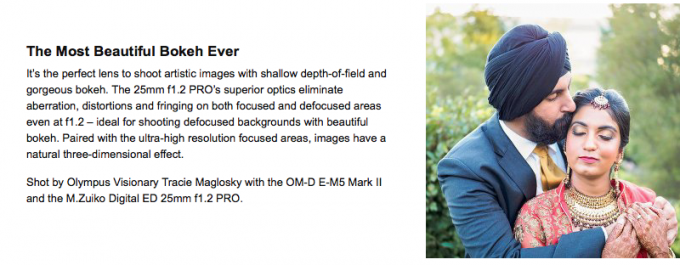
While large for M 4/3, and especially when compared to cheap 50’s from Canon, Nikon or Sony or the cheap 25 f/1.8 by Olympus, it is still not large as most DSLR lenses. Shooting a 24 1.4 on Nikon will bring you a MUCH larger and heavier lens. Yep, I said a Nikon and a 24. This Olympus is physically and technically a 25mm lens. It is not a 50mm, so let’s compare size to another 24-25 mm lenses for kicks, with AF, and with a fast aperture if we want to be fair about size. Since no other 25 f/1.2 exists, we can look at the Nikon 24 1.4 which is much larger, and more costly. We can look at the Canon 24 f/1.4 and again, larger, and more expensive. The point is, for what it is, the lens is still small, as it is a 25mm f/1.2 lens
Debby with the 25 f/1.2 at f/1.2, and with some PP. I altered the color here which is why there is a green-ish hue.
For size comparison only…
An APS-C Nikon D500 and Nikon 24 1./4 is quite a bit larger than the Olympus PEN-F and 25 f/1.2 I have here, and I would wager that the Olympus 25 is just as good if not better than the Nikon lens in detail wide open, and Bokeh quality. While we lose some DOF (though not much as the Nikon is APS-C) this lens is stunning when used on the M 4/3 system. The Nikon will give you more of a 36mm FOV, the Oly a 50mm FOV but the lenses are both 24mm lenses (25 for the Oly) in construction.
In regards to size… If you can sacrifice some contrast, micro contrast, bokeh quality, more shallow DOF, outright detail and overall vibe of the f/1.2, then the f/1.8 can be had for $850 less. So we have choice. Want cheap and small? Go for the f/1.8. Want the ultimate quality that Olympus can put out and the fastest aperture you can get with AF for this system, then this is the lens you want.
If you want to see what it looks like compared to a Canon 5DIV and 50 1.2, here you go. The body of the Oly is much smaller (and quicker to boot) and sharper at f/1.2. You will get less of that crazy shallow DOF of course when wide open, and your ultra low light/high ISO will be hindered with M 4/3 compared to the Canon but in this scenario, the body size is MUCH smaller yet the lens size is longer, and this is due to what I said above..the Olympus is a 25mm lens as advertised, not a 50. Wider angles are always larger, especially ultra high quality like what we have here with the 25 f/1.2. The Oly option below is also about half the cost as the Canon.
All comes down to needs and likes of the purchaser 😉 The Oly on the right is like a sleek sports car, fast, reliable, and fantastic performance. The Canon is more like a luxury sedan. Will be slower, larger… yet deliver the IQ goods like a luxury high end camera can. The Canon option is also 2X the cost as the Olympus option.
Here the lens was coated with water, fog and mist. Yet the shot still came out OK. 😉 It’s a little foggy because the front lens element was also a little foggy!
To those who bash the size and price of this lens when never trying it, well, they are not doing their homework, and I guess they really never appreciated a really really fine lens as there are more expensive equivalent lenses out there that cost more and probably do not perform to this level or at this level. I love to give credit when it is due, and Olympus deserves HUGE praise for this one.
Debby saying “Another picture..OK, only one more” – Lol. Truth be told she is awesome and always puts up with my picture taking without complaint 😉
So you know I love this lens, but what about it makes it worth the $1200 price tag? I mean, one has to be really deep into Micro 4/3 to spend $1200 on a lens when the same focal length can be had, by the same manufacturer for $399 in a slightly slower aperture prime lens. So how is $800 worth going from f/1.2 to f/1.8? How is it worth going from a tiny small lens in the f/1.8 to the larger f/1.2?
The 25 f/1.2 is large for Micro 4/3. See the PEN-F with 25 f/1.2 next to a Sony A7RII and 55 1.8 Zeiss. The 55 1.8 Zeiss is a pretty small fast 50 though. If the new Sony 50 1.4 masterpiece was put in this lineup, these two would be dwarfed.
For me, and anyone who has been shooting with fast primes most of their life, this new lens is a welcome addition to the ever growing Olympus Zuiko lens lineup. If you own and shoot M 4/3 and have always had a love for the look a fast prime can bring you, then you will be thrilled with this lens. If you value micro contrast of pro lenses, color performance of pro lenses, speed of pro lenses and a Bokeh that may be the most beautiful I have seen yet then you owe it to your self to give this lens a go. It is not overly heavy, and while larger than the usual Micro 4/3 fare, it is because of what is packed inside.
Weatherproof, Quick AF, Whisper Quiet AF for Movies, and a Z Coating Nano to eliminate ghosting and flare. Wow. This is why this lens cost what it does.
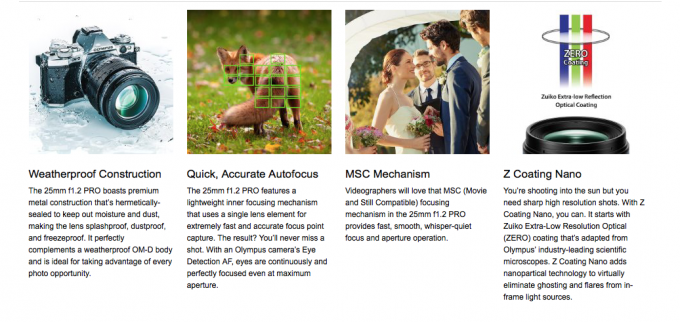
This lens even has the Olympus pro weather sealing, and it can focus close to about 10-11 inches. That’s awesome. Paired with the new EM1 II, this lens can withstand any weather situation. Rain, snow, sleet or hail 😉
So the answer to why it would be worth the $800 investment over the 25 1.8 to some shooters who shoot with this system, ask yourself the following:
- Do you value overall IQ over everything else?
- Do you want or need weather sealing?
- Do you want the ability to shoot full frame style shots in regards to Subject isolation and Bokeh?
- Do you want the best in regards to detail and sharpness, even when at f/1.2?
- Do you want a lens that will be the best for low light with your Micro 4/3 gear?
- Do you want a lens that will focus fast and accurately?
- Do you want to own the best overall fast Prime Olympus makes? (well, that is my opinion)
- Do you want minimal CA and distortion?
If you answered YES to those questions I have no doubt you will LOVE this lens. I have been shooting it for two weeks now and truly have found no weakness. I can not even complain about the size or cost as the size, for me, is just fine. It is smaller than the 7-14 Pro I use all the time, and it is comfy to shoot even with the PEN-F and my JB Designs Grip.
I have seen such minimal (if none at all) purple fringing, even when shooting RAW, which tells me this lens is well corrected and a pleasure to see since most fast lenses today suffer from some pretty bad CA in our digital world. Distortion? No barrel distortion here and I see a lack of wide angle distortions as well. Reminds me of good Leica wide angle lenses that have minimal distortions.
This lens renders quite a bit like the expensive exotic lenses I have tested in the past.
–
Monochrome mode #3 on the PEN-F (Tri-X Simulation)
–
Wide open…
Let’s see some details
So let’s take a look at the details and sharpness of this lens. What I have found is this lens behaves much like a good Leica lens. Sharp wide open, almost MEANT to be shot at f/1.2, this lens will deliver detail and sharpness to your images no matter the aperture. This lens is making a serious case for Micro 4/3, and not because this lens does things other lenses do not do, but more of what the bodies do. Small, fast, fun to use, and in the case of the EM1 and EM1 MKII, you get so much for your dollars in regards to speed, response, weather sealing, pro features, etc. These cameras are just a joy to shoot as they do not hunt for AF, they do not lag..they are quick and with the line of lenses we have today, they perform in all aspects of IQ. I said when the original EM1 was launched that (at that time) I would have taken that camera over any APS-C model. I feel the same today. I just do not see much improvement TODAY in APS-C that I am seeing in Micro 4/3 (in regards to body design and speed and features). For example I’d be happier and more comfy shooting a PEN-F and this lens over a D500 and Nikon lens simply due to size, and what the PEN-F offers me and my style of shooting.
The fact is this lens with a good M 4/3 body will deliver on all aspects of what makes photography so enjoyable. Great Color, Smooth Bokeh, Nice Subject Separation, Sharp Details, Speed, and Reliability in any weather.
A few detail crop shots…click them to see the 100% crop and larger image! I see no faults with this lens.
That fingerprint on a beer glass is amazing. When I shot the image I did not see the fingerprint. I was taking it as a Bokeh example at f/1.2, When I looked at the image I was impressed to see that detail when wide open! The fact is that this lens is a masterpiece from the way it renders an image to the detail capabilities it has on tap.
The MF Clutch, the Function button, and an 8 inch close focus distance. Use that 5 Axis with an Oly body and you have a lens you can hand hold for close to one second, at f/1.2 allowing you to keep ISO lower.
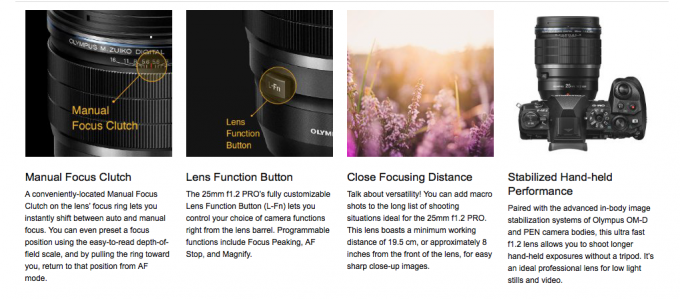
Just a few of the old reviews from previous Micro 4/3 lenses below:
Panasonic Noctocron 42.5 f/1.2
Bokeh at f/1.2
Low Light with this lens and an Olympus PEN-F?
While this lens and body combo will not deliver high ISO performance like a Canon 5D MK whatever or a Sony A7S series camera, you can get by up to ISO 10K if you shoot black and white 😉 This was a low light night time shot, inside my house. No light here, it was low light. I cranked the PEN-F to ISO 10,000, set the lens to f/1.2, set the camera to Mono mode 2, turned off the artificial noise that is added to that mode and fired the shot. This is the out of camera JPEG:
–
Low low light in my kitchen. Night time.
So this lens does open up some more low light opportunities. With the 25 f/1.8 I would have had to be higher than ISO 10,000 on the shot of my dog above. It also renders in such a gorgeous way.
My Bottom Line on the Olympus 25 f/1.2 lens
So I have used them all, and know them all when it comes to Micro 4/3 lenses. This one is up there with the best Olympus makes, and is without question to me, the best fast prime lens Olympus makes. It has the AF speed that we will be happy with (though in the dark it will hunt a tad with a PEN-F body), it has a wide aperture allowing maximum light gathering, it offers the creamiest Bokeh I have seen in a long while, and it offers detail, even when wide open that helps to create the lovely rendering and 3D subject seperation that it does. If you are a fast lens junkie but maybe NOT a fan of busy, overly done Bokeh then this one may be up your alley. If you are not thrilled with fast lenses being hard to focus due to the shallow DOF, this one offers just enough but not quite enough to allow your images to be in focus. If you shoot Micro 4/3, then you owe it to yourself to give this lens a try. It has the manual focus clutch for an instant switch to manaul or auto focus, and it has a programmable function button as well, so you can assign it to focus peaking for example when you go manual.
Three using the 25 on the EM1 MKII, all OOC JPEG for these
BTW, I NOW CALL THIS THE BOKEH KING LENS OF 2016 😉 It has the most pleasing Bokeh I have seen with anything in Micro 4/3 to date. Up there with the best Bokeh lenses ever for QUALITY and smoothness of Bokeh. It is never offensive or busy!
I usually get many wanting me to do comparisons with lens A, B, C or X but this lens is not really one we can compare to most cheap 50’s. I did a side by side with my Sony full frame and 55 Zeiss HERE, and will do a couple more in the future. But Sony lenses do not work on an Olympus M 4/3 camera and vice versa, so the only lens this one should be compared to is the Olympus 25 1.8 and the Panasonic 25 1.4 when it comes to image quality.
I have owned and used both of those lenses extensively and will do a new post in 2-3 weeks comparing them all but for now, by memory and past images I have taken, this lens offers up better IQ, better contrast and color, micro contrast, better build, weather sealing and fastest AF of all. It also gives us that f/1.2 aperture and the best Bokeh of the lot by far.
It’s costly at $1200, it is larger than most M 4/3 lenses, and it is not going to make you a “no light shooter” with Micro 4/3 but it delivers on IQ. It’s a true pro weather sealed lens as well. It does not get much better than this in the world of Micro 4/3. Put this lens in the hand of a wedding pro and I expect great things to happen. Actually, I think this is a HUGE welcome for Wedding Pros who shoot Micro 4/3 (and yes I know a few who do, and they are wonderful). It will give M 4/3 shooters an edge that they never quite had before when it comes to all out IQ.
A Snap of my Dog Baby, who truly is a big Baby.
–
Debby this time with a smile 😉
WHERE TO BUY?
If you want to buy this lens, the links are below from my top recommended Olympus dealers online.
BUY THE OLYMPUS 25 F/1.2 AT B&H PHOTO
BUY THE OLYMPUS 25 f/1.2 AT AMAZON
Bold color from the PEN-F Chrome Mode
–
Nice Color and Tone
–
Bokeh that is smooth as silk
–
f/1.2
–
Bicycle
Wide open, 1.2 – focus on straw
PLEASE! I NEED YOUR HELP TO KEEP THIS WEBSITE RUNNING, IT IS SO EASY AND FREEE for you to HELP OUT!
Hello to all! For the past 8 years I have been running this website and it has grown to beyond my wildest dreams. Some days this very website has over 200,000 visitors and because of this I need and use superfast dedicated web servers to host the site. Running this site costs quite a bit of cash every single month and on top of that, I work full-time 60+ hours a week on it each and every single day of the week (I receive 100-300 emails a DAY). Because of this, I could use YOUR help to cover my costs for this free information that is provided on a daily basis.
To help out it is simple, and no, I am not asking you for a penny!!
If you ever decide to make a purchase from B&H Photo or Amazon, for ANYTHING, even diapers..you can help me without spending a penny to do so. If you use my links to make your purchase (when you click a link here and it takes you to B&H or Amazon, that is using my links as once there you can buy anything and I will get a teeny small credit) you will in turn be helping this site to keep on going and keep on growing.
Not only do I spend money on fast hosting but I also spend it on cameras to buy to review, lenses to review, bags to review, gas and travel, and a slew of other things. You would be amazed at what it costs me just to maintain this website, in money and time (250 hours a month, and about $3000 per month).
So all I ask is that if you find the free info on this website useful AND you ever need to make a purchase at B&H Photo or Amazon, just use the links below. You can even bookmark the Amazon link (not the B&H) and use it anytime you buy something. It costs you nothing extra but will provide me and this site with a dollar or two to keep on trucking along.
AMAZON LINK (you can bookmark this one)
B&H PHOTO LINK – (not bookmark able) Can also use my search bar on the right side or links within reviews, anytime.
Outside of the USA? Use my worldwide Amazon links HERE!
You can also follow me on Facebook, Twitter, or YouTube. 😉
One other way to help is by donation. If you want to donate to this site, any amount you choose, even $5, you can do so using the paypal link HERE and enter in your donation amount. All donations help to keep this site going and growing!![]() I do not charge any member fees nor do I (nor will I ever) charge for reviews, so your donations go a long way to keeping this site loaded with useful content. If you choose to help out, I thank you from the bottom of my heart.
I do not charge any member fees nor do I (nor will I ever) charge for reviews, so your donations go a long way to keeping this site loaded with useful content. If you choose to help out, I thank you from the bottom of my heart.

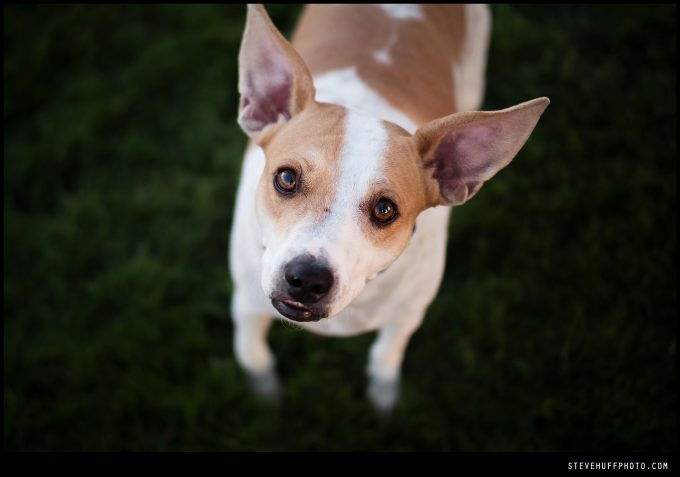
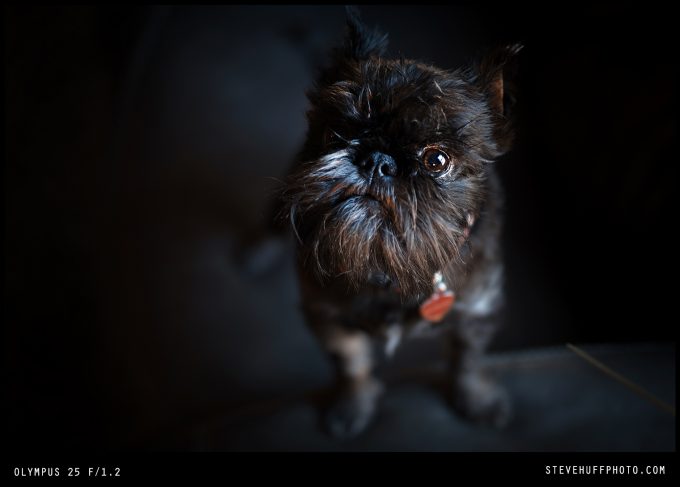
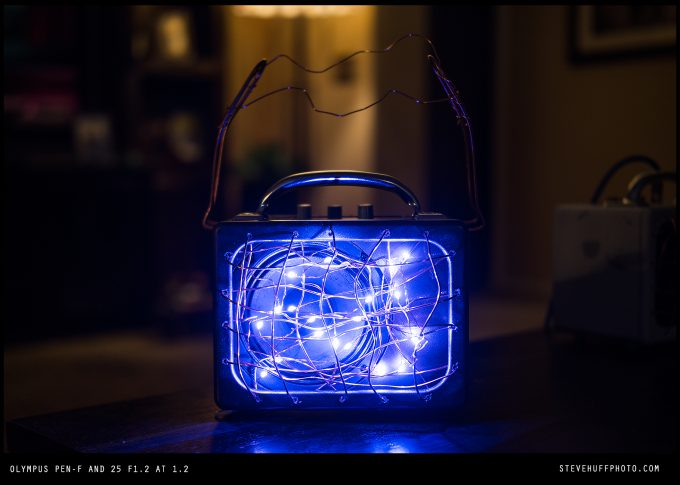
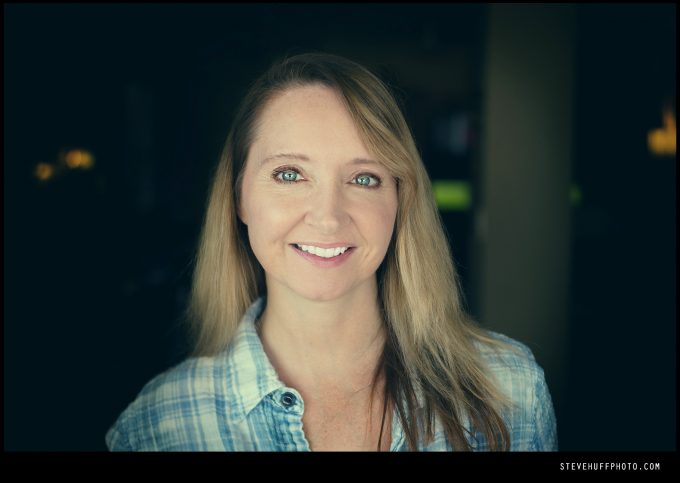
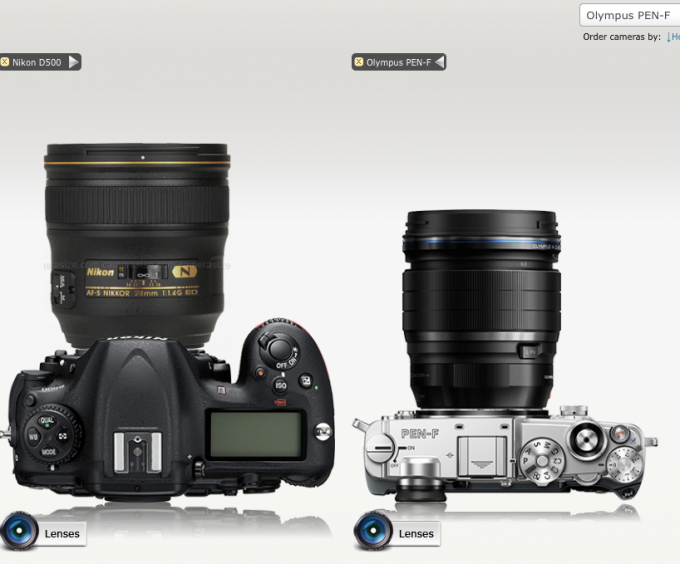
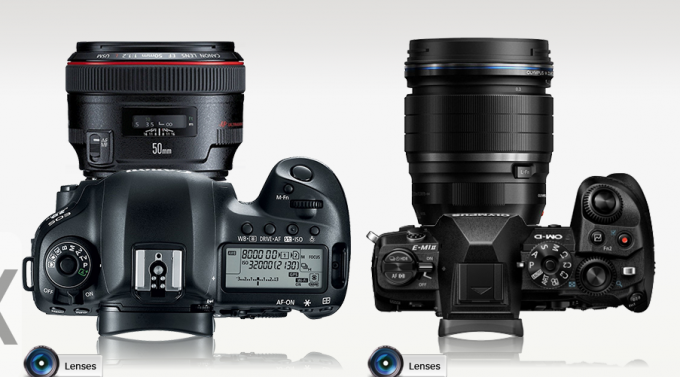
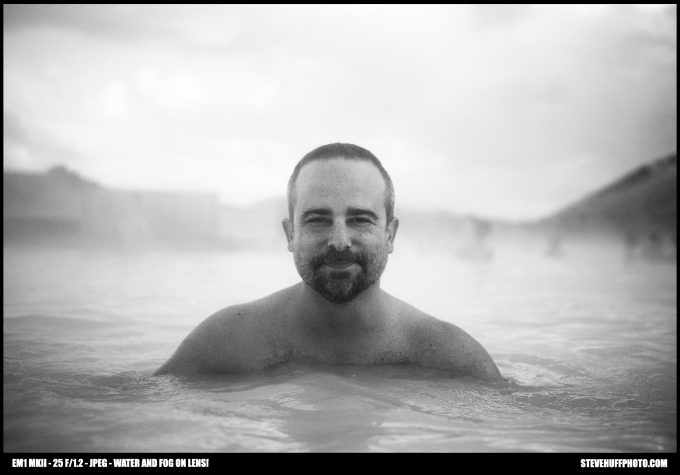
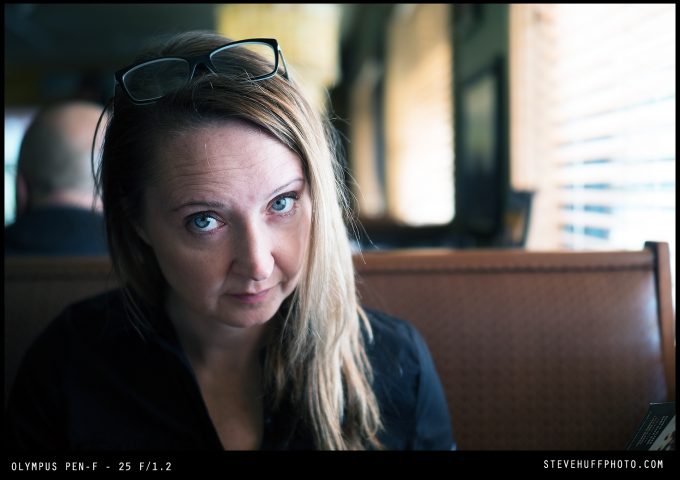
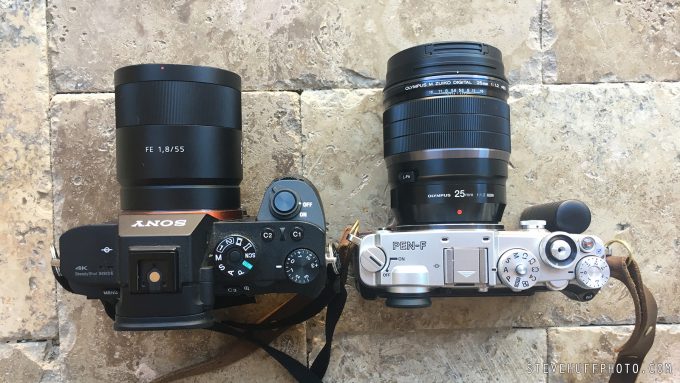

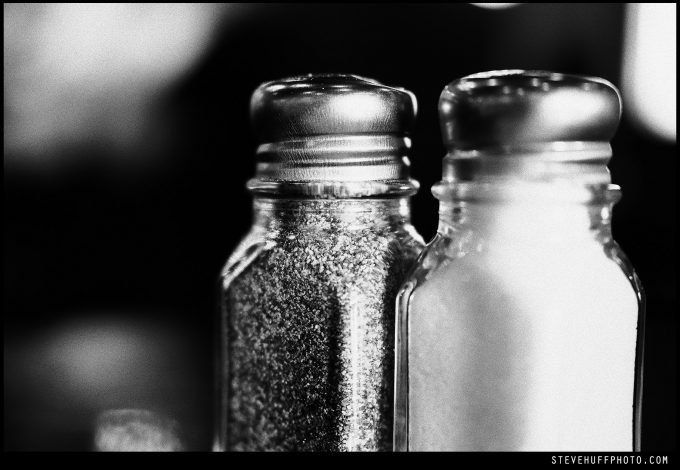
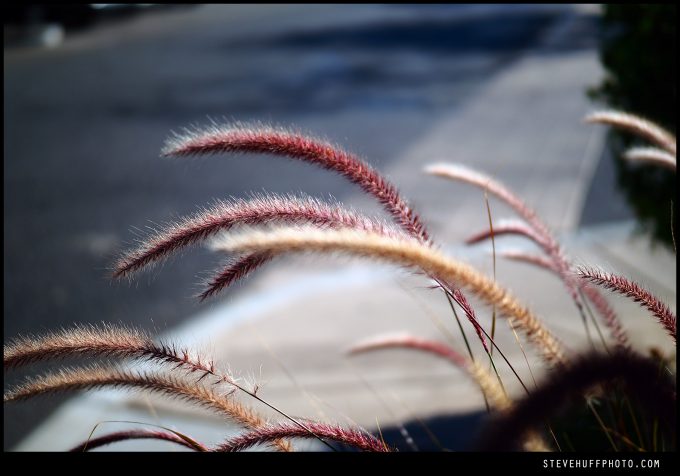
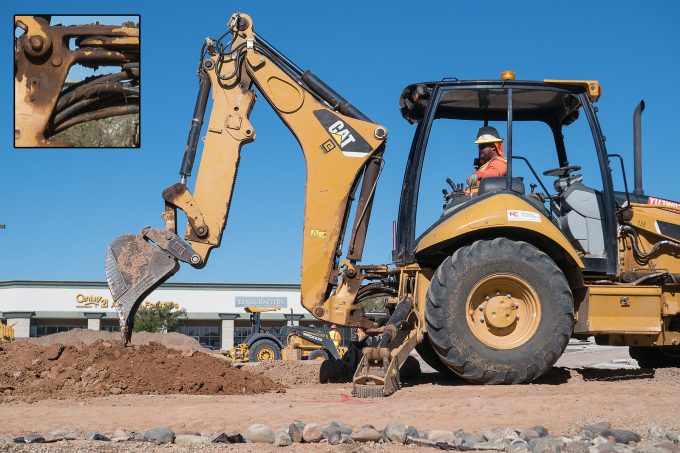
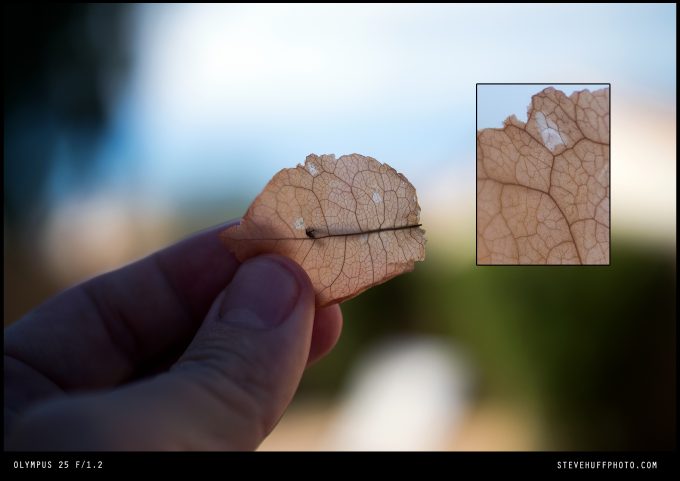
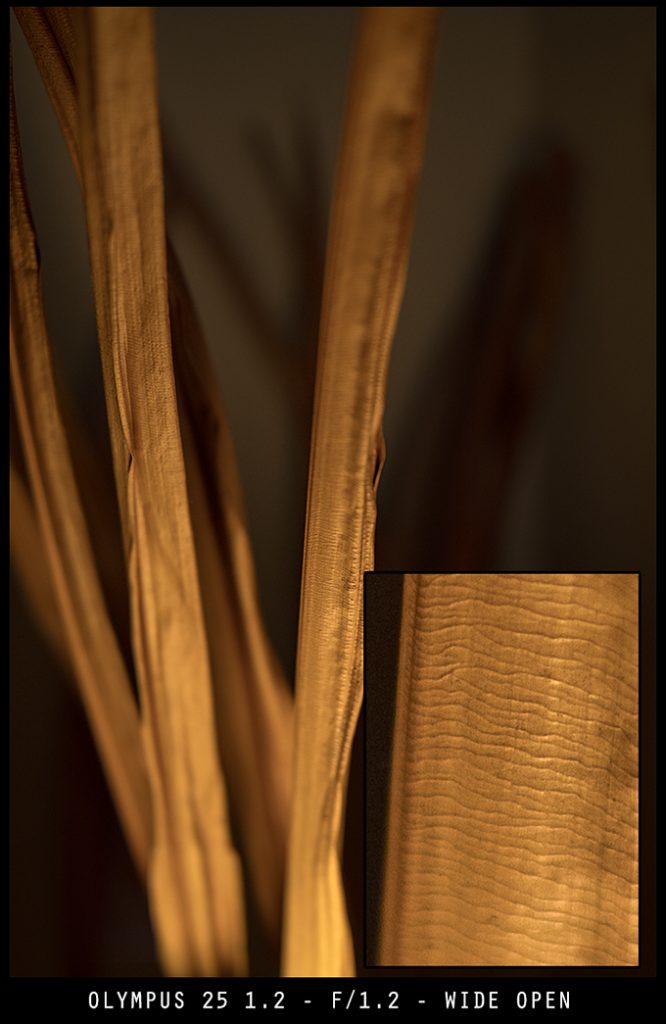
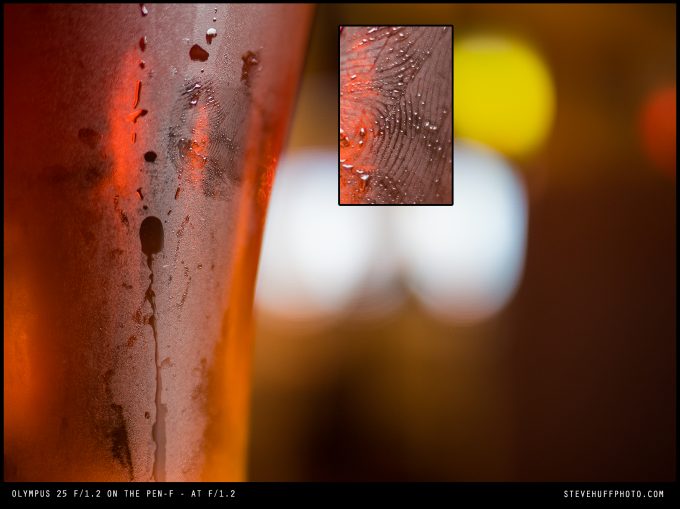
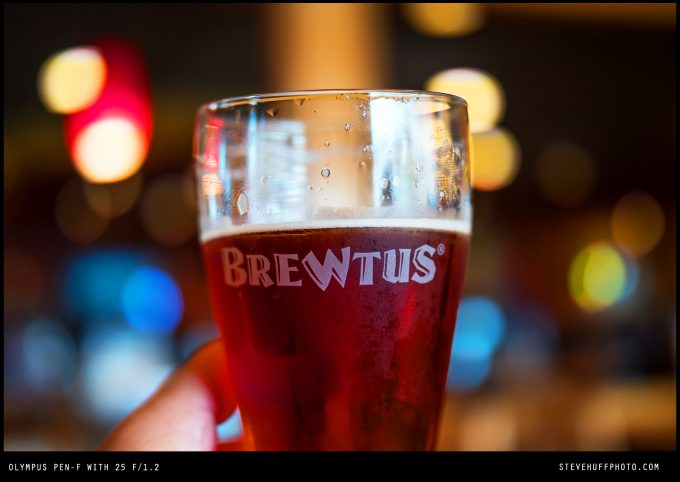
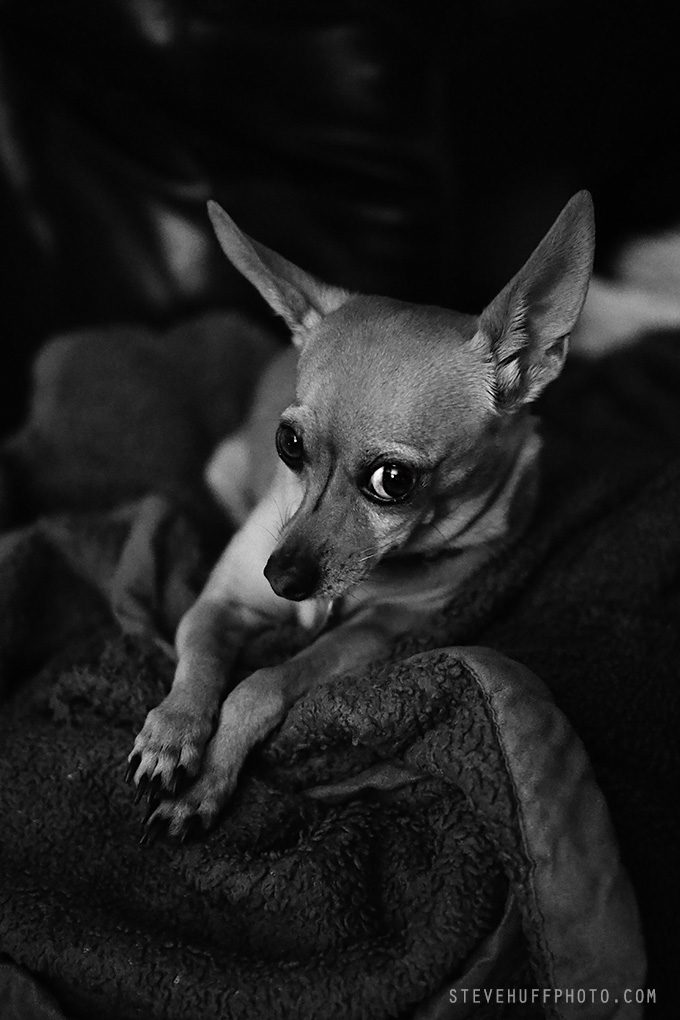
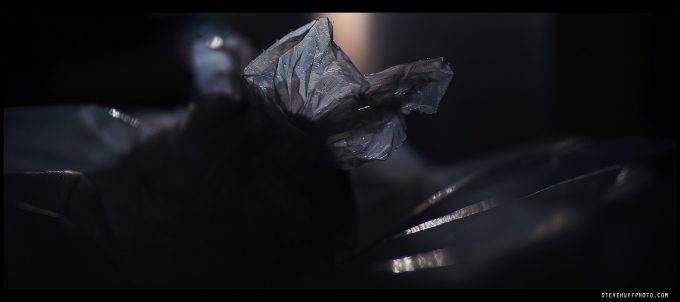
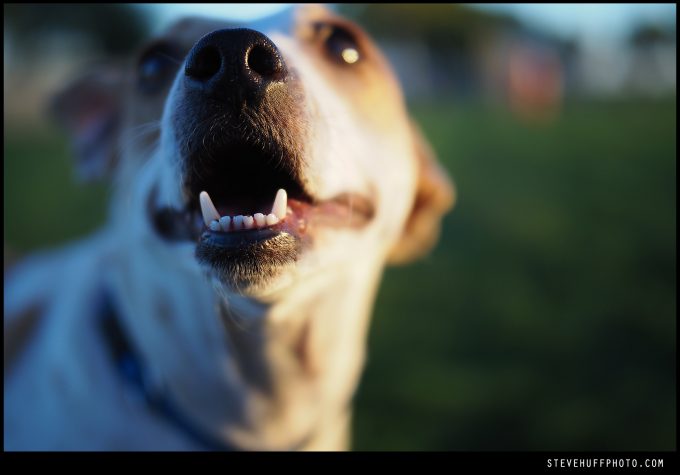
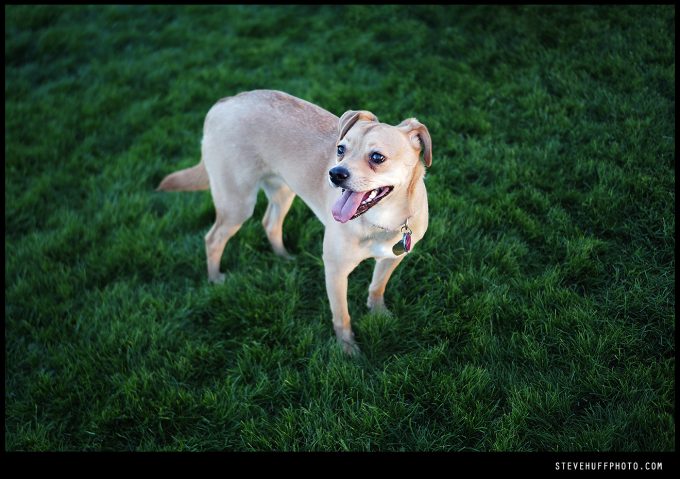
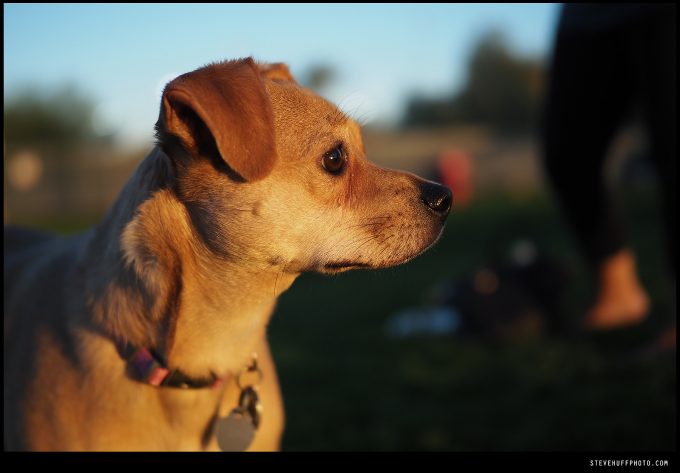
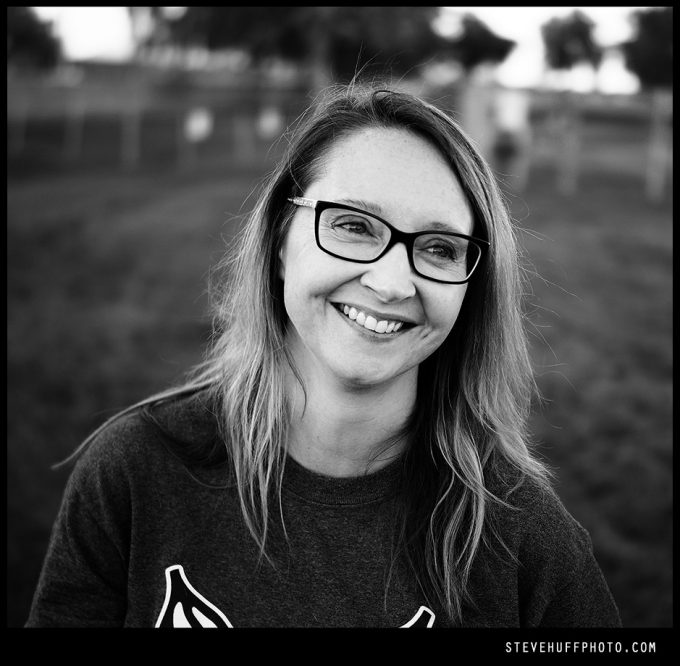
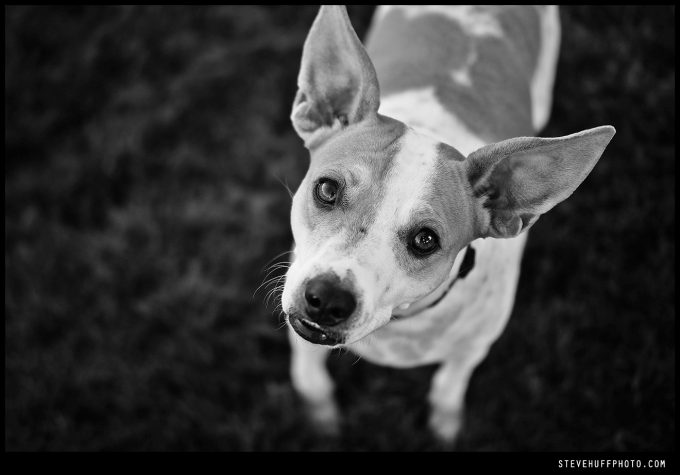
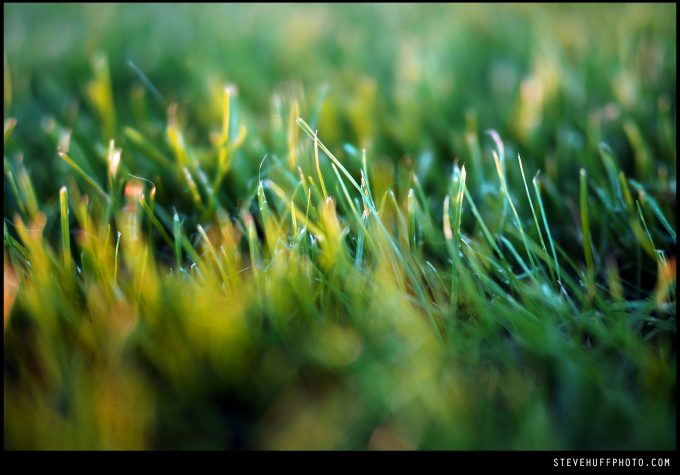
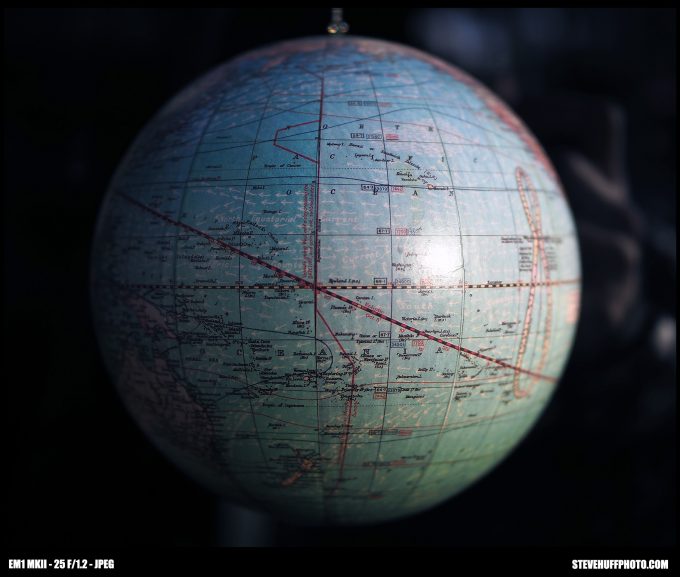
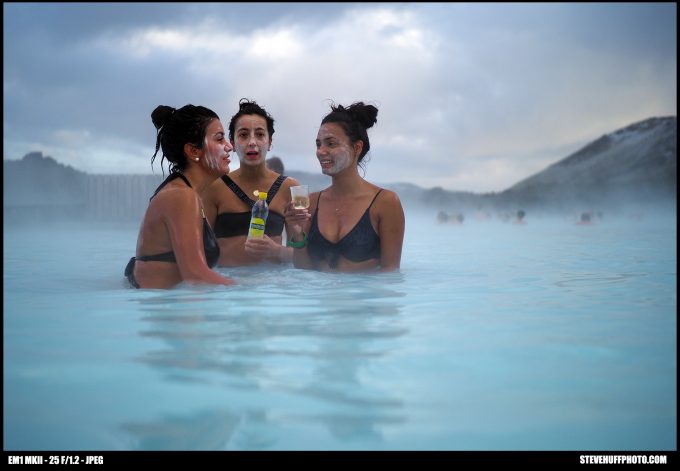

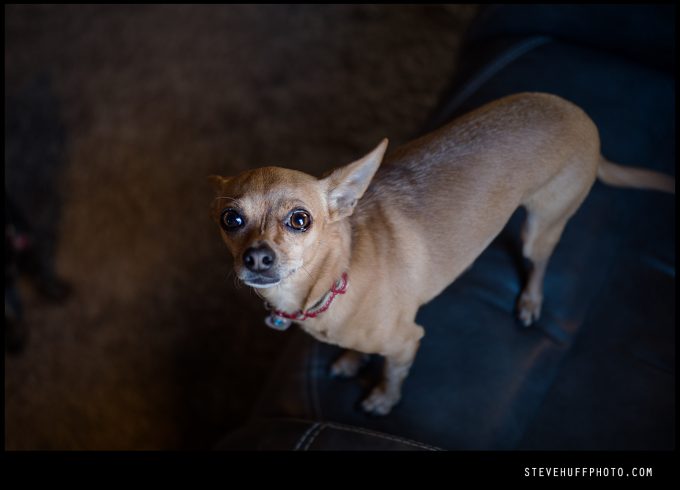
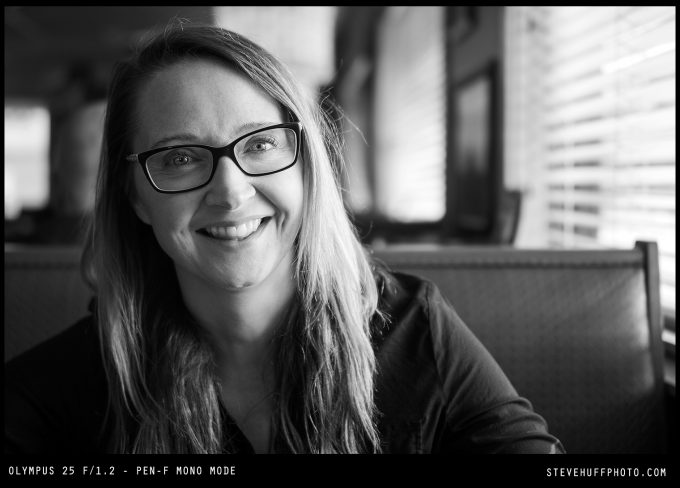
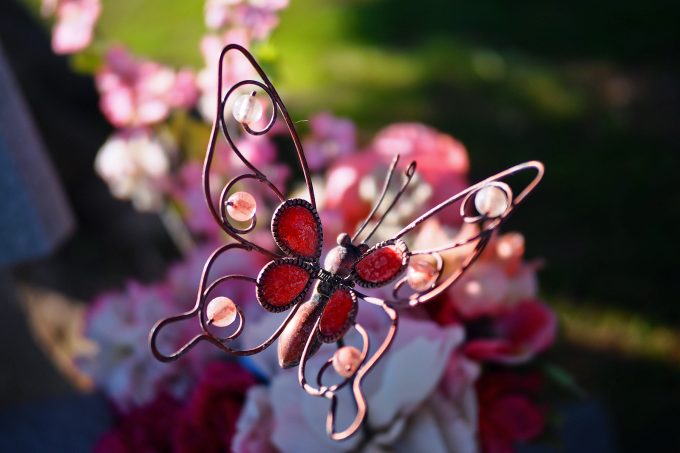
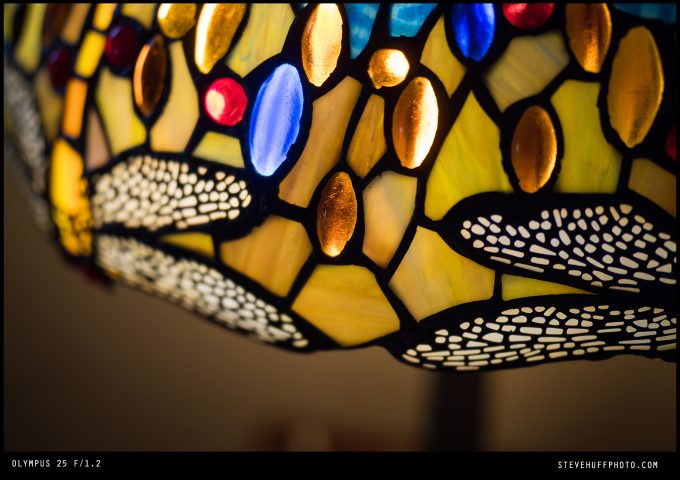
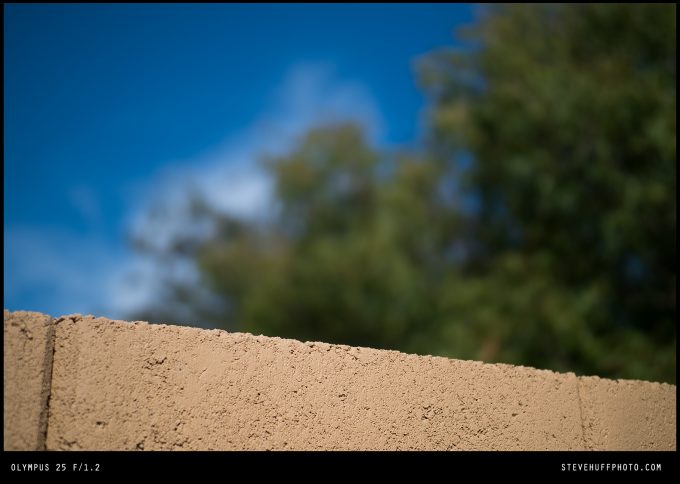
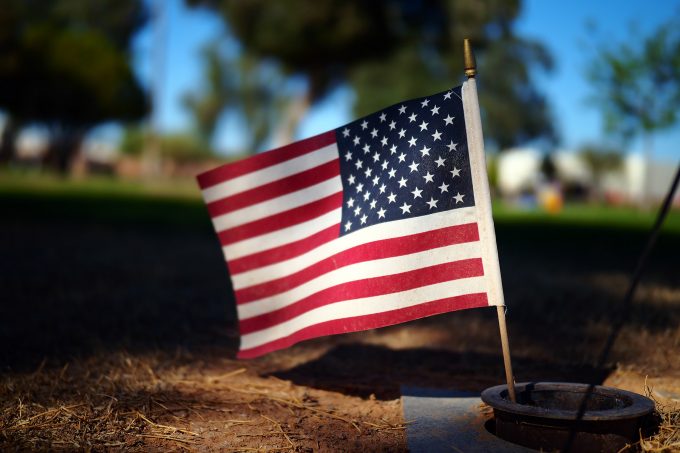
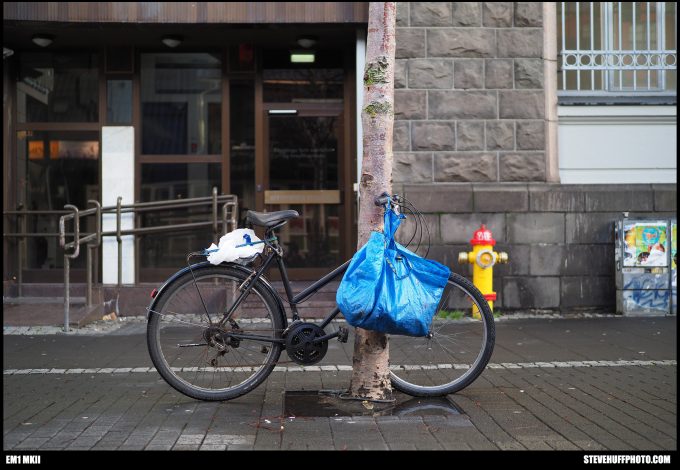
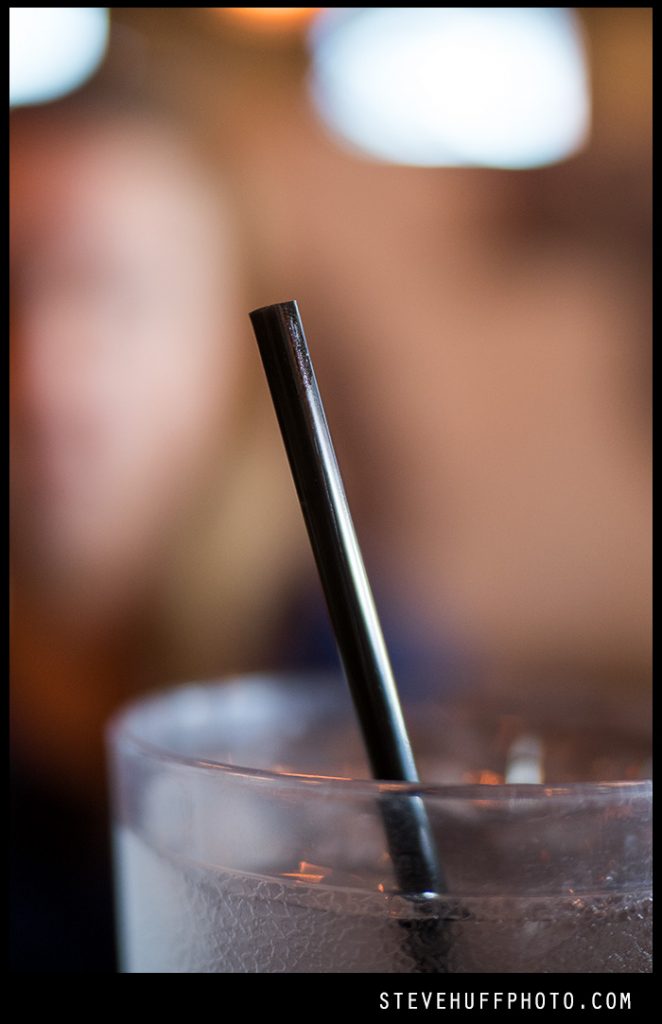


Thank you very much for the article – so great! Have shot some on 35mm ages ago, but am quite a dilettante now and only occasionally capture moments with a phone (yikes). Have been watching a doc about cinematography, in which there is a part about the angle choices, and have started thinking about about a lens that would be great for kind of reportage/portrait work. Came up with 25mm f/1.0. Started googling – and have ended up with your’s review, which confirmed my thinking. What an excellent lens! Pricey, though – could recommend a less expensive alternative, perhaps – please?
Hi Steve. Great review again. Just a quick question, I shoot with a Pen EP-5 and the 42.5 Panasonic Nocticron (based on your older review of course). I was considering upgrading my camera to the Pen F and getting the Panasonic/ Leica 25 1.4 lens. After reading this review I can see the Oly 25 1.2 is the better lens. I can’t afford the Oly 25 1.2 and the Pen F so would it be better to keep my Pen EP-5 and get this new lens or go with my original plan to get the Pen F and the Panasonic 25 1.4?
Thanks but some of these are right out of the camera in MONO mode, others use VSCO (if it says TriX simulation) and sometimes I just adjust the contrast and shadows to suit my taste. Each image is done differently so I do not have any set formula. But thank you.
Steve, your B&W is always so lovely. Are these coming from the camera or is this your post work? Can you share your secret?!
It’s always best to compare in a real world way, showing what one would get with a Micro 4/3 f/1.2 and a full frame 50 1.2 is ideal so people know what they get for their money with each system. Doing equivalents, IMO is a very silly way to do reviews as that is not real world at all. I’ve been doing tests like this for eight years because again, I like to show what one gets for their money in comparison to full frame or other formats. Iyt’s also why many come back to this page to see these tests. Those who are photographers understand them, those who are newbies love them and those who prefer tech specs to shooting hate them.
Hello!
the new Olympus OM-D EM-1 Mark II and the new lens looks really great. And I would probably get one if I would not already have a working system (or I win the lottery!).
However, it’s ot fair to compare a 25mm F1.2 MFT and FF 50mm F1.2. The equivalent of an MFT 25mm F1.2 is on FF 50mm F2.4.
Albeit from build quality.
http://j.mp/2l6qmmY
Regards
Hello!
For sure, the Olympus M. Zuiko 25m f1.2 is an great lens. And the overall system looks really great!
However, it’s unfair to compare it with the EF 50mm f1.2 L USM.. because the MFT equivalent would be MFT 25mm F0,55..
The comparative (optically) lens would be the EF 50mm F1.8 or EF 40mm F2.8.
Can anyone tell me how this renders compared to the loxia 50mm F2? I understand different system, but I’ve been contemplating moving over to Sony with FE. I still plan on shooting Olympus, but the best lens I’ve enjoyed IQ wise in this FL was the 50mm 1.4 ZA in A mount. I don’t get that with the 25mm 1.8 Zuiko which is good.
I have just finished an extended use of the Olympus 25mm f/1.2. A friend was kind enough to lend me his for two weeks. I can say without reservation, Steve’s commentary is spot on. This is one awesome lens.
I own the PanaLeica 25mm f/1.4 and use it on my Pen F all the time. When I started looking at the images in Lightroom coming from the Olympus 25mm f/1.2, I had to pause and take a second look. The images were stunning. Smooth, creamy, sharp…you pick the adjective. They all apply! The 3D separation is remarkable for µ4/3.
I was pained to return the lens to its owner, but I’m on the edge of clicking through from here to B&H and ordering this beauty, despite what my wife might say! It’s that good.
I just got this feeling that I’m going to end up with this lens. I’m trying hard to resist. YOu know, the usual..”I don’t need it”…”to expensive”…”to big”. The force is strong with this one.
About size and it is big. The thing is I find the 25 and 45 to often be to small. When the lens is longer your left hand can balance out the camera better while your right hand works the buttons. Also, the 25 and 45 are just so cheap in build. I have both- I like the rendering. Well, the 25 at least. The 45 is good but it is not tac sharp. Both have a very non-engaging focusing ring. The only pro lens I have is the fisheye. It’s another level entirely. I’d put it up there with any Zeiss lens I’ve owned. Perhaps even a notch above. The build is almost perfect.
It’s big. I don’t need it, but I’m going to end up buying it.
Hmmm…interesting.
Glad you are enjoying it! I agree!
Bought it. It is AMAZING. Build quality awesome. Quiet, precise, beautiful. Output – STUNNING.
It’s an OMG lens.
Depends on the 50 1.4 you pick. IN order to match the IQ of that Oly lens you would need the new Sony premo 50 1.4, the Big gun 😉
Hi Steve,
Would you recommend the OMD and 25 1.2, or an A7(S,r,etc) paired with a 50mm 1.4 ?
Thanks !
Dave, I would say the panasonic would be the ‘next best thing’ as far as 25mm goes for m43. I have it and love it too. This lens is a good step above in a lot of ways, including price! So I wouldn’t swap this for the panny. Just add it if you can. Lots of reasons not to have a big heavy lens with you that can still perform wonderfully 😉
Panasonic already offer a lens such as that which is excellent and even cheaper than $750/
During talking to an Oly rep he indicated that Pany and Oly, though not collaborating directly, sort of coordinate these fast/expensive prime offerings so they don’t directly compete. Direct competition on the less expensive primes for sure, but the fast m43 glass no. Same thing with fast zooms – no direct equivalent products – just slightly different in focal lengths to differentiate them.
You can not compared a 50 to a 150mm. TOTALLY different lenses for different purposes. The 75 would be used rarely by me, maybe 3-4X per year. The 25 would be used as a daily driver. 150mm is not useful for indoor, or most everyday shots. It’s a specialty lens when you want a telephoto. The 25 is a everyday 50. Besides the 25 1.2 has better IQ as well, and is weather sealed and most would get much more use out of the 25. The 75 is gorgeous but when I owned it I never used it, too long for most of what I do. Kind of like my 8mm fisheye. I love it, but it gets used 2X per year. I’d go for the lens I would use the most.
I’m wondering about the Olympus 75mm lens which can be found in the 700+ used range on occasion. I am using a Pen EP5, so weather sealing not a deciding factor. While the 75mm is a vastly different FL and granted not as useful a FL as a 25mm is, would it not be a worthy alternative for IQ at that price, or is the 1.2 so much better it is worth saving your pennies for?
i would prefer that Olympus offer a f1.4 with weather sealing, half the size, at 750$. this f1.2 is way too much.
This is a really compelling lens. I have been waiting for something like this to deliver the IQ not found in mere mortal prime lenses. While a vastly different focal length, I wonder about the 75mm 1.8 that can be found used or sometimes reconditioned for half the price of this piece for use on a EP-5. Granted, that focal length makes it purpose built vs the 25’s versatility, but it does have very nice IQ. For someone on a budget, is that a reasonable 2nd best, or better to save your pennies?
It is loud, but speed is okay with the latest firmware updates. IQ is definately very good and it is a lot smaller and lighter than the Olympus. Even if the results with the Oly turn out better it is certainly the better value. But peak performance always means a peak price too. I guess for ultimate quality you need to pay a little more.
Wrong.
The smaller sensor is noisier because it retrieves less total light.
If you put a Speedbooster on a FF lens it changes the light projection so the sensor receives all of the light from the lens, and effectively making it a faster lens. That’s why a 2.8 FF lens acts like an 2.0 lens on a crop sensor when using one of them, and even more so when attached to a M43 body.
Further proof that a 1.4 lens on different systems captures a different amount of total light. It has the same ‘exposure’, but don’t confuse the two.
I mention this in the review, and no lens made for M 4/3 in this focal length matches this lens. Not in AF speed, not in build, not in weather sealed construction, not in sharpness, detail, bokeh, pop, contrast, micro contrast or the way this separates your subject from the background. THIS lens compares more to something like the $7000 Leica 50 APO. It truly does.
Hi Steve, we might have to agree to disagree on this one. For me, the only “fair” comparisons that can be made between different formats is to match the output (photos) as closely as possible. For a MFT system shot at 25 mm f1/2 ISO100 that would be equivalent to 50 mm f/2.4 ISO400 on a FF system. The field of view, depth of field, shutter speed, dynamic range and noise should all be as close as possible with those setting.
When you compare lenses across different formats in this way they become much closer in size and weight, this is not a coincidence…
If you want, Richard at DP review did a good article explaining equivalence you could check out.
P.S.
I come to your site for your infectious enthusiasm when reviewing equipment you really like. I like that this site is not technical, there are plenty of others that are. The engineer in me just can’t let technical nuances go.
Hi Steve, how would this stack up against the excellent Panasonic H-X025 Lumix G SUMMILUX 25mm?
I remember that being a great lens, but stupidly sold it 🙁
Exactly, which is why it IS fair. A 24 vs a 24 in size, and why the Olympus can be smaller. The Oly is a 25mm lens, period. Comparing size to a full frame 24 is what it should be compared to to show the size benefit of Micro 4/3.
Comparing size and weight of the Olympus 25 f/1.2 to the Nikon 24 f/1.4 is not a fair comparison Steve. The Nikon has twice the image circle, obviously it has to be larger.
Looks like a very attractive lens, the Olympus, thanks for your review!
Alrighty a Buddy bought Oly 25/1.2 we tested it together.
Rain Hail Sleet Snow Brrrrrr temperature this is The lens on Em1/Em1mk2.
You wanna storm chase, you wanna go down potholes, you wanna be near a Twister this is The lens.
Forget every other 25/35/50mm on Apsc, FF :-))
You wanna 2sec handheld this is The lens 25/1.2 is The partner for Em1mk2. Feels sits just right. Forget every other Apsc FF lens body combo :-))
Stick it on a EPL/PenF/EM5 it looks silly. Takes away whole point of discreet sleek small m43.
Buddy and I agreed doesn’t want such a bulk on PenF, particularly not for street. Neither is it a requirement for photographing in normal weather.
We agreed to Return 25/1.2 purchased Summilux 25/1.4 at 1/5 ¥$€£price.
Summilux sits feels just right on PenF/Em5/EPL.
Rendering 90-95% there from the 25/1.2.
We also felt Summilux is slightly clearer that Leica clarity.
Hey Steve,
As long as we all enjoy what we use then that’s great. Sounds like you do so hats off to you.
I don’t know why so many on the internet have to pick a fight. If they are happy and confident in what they use then no need to justify it to everyone else.
Seems there is a lot of insecurity. I could shoot full frame if I wanted and I have but that wouldn’t make me tell everyone else that anything sub full frame is rubbish.
I’ve shot a lot of 35mm film and in comparison micro 4/3 size sensors and up blow it away and no one used to moan about 35mm film back in the day.
I’ve just finished a fun couple of hours shooting a load of portraits of family with the XT2 +90mm and it didn’t miss a beat. I enjoy any camera that gives me the results I want.
It shouldn’t be about mine is bigger than yours, just mine does what I need.
Or the smaller sensor with more densely packed pixels produces more noise at the same ISO setting, which it does.
“Total light” is irrelevant, if you put a full frame lens on an M4/3 camera it will gather the same amount of light per sq mm, it wont be able to use 3/4 of the possible image. The light that doesn’t hit the sensor doesn’t make them light that does any less intense, the lens transmits what it transmits. The lens properties do not change because of the smaller sensor, how could they? It is the fact that you have to stand further back with the same lens, or stay in the same place with a wider lens that give greater dof, the light transmitted won’t vary.
Well said, sir. I agree completely. (Had I sufficient funds and the time to assimilate a new system, I would likely have experimented with Olympus, because I do admire their lenses, build quality, ergonomics, and even IBIS, though I’m a tripod guy.) Happy Shooting, David!
Steve
That is why it’s great to have people who have used both cameras to be able to compare them and say, this ones af is faster or this ones IQ is better because that means you can choose a camera based on your priorities.
Notice that I never said the Fuji XT2 is slow. It certainly is not. Just the Pen F in S-AF is quicker. In C-AF the XT2 is better.
Horses for courses.
Umm, you would be -2. You can’t just skip from -1 to -3!
😉
This beats any 25mm lens for micro 4/3, no question. Better contrast, micro contrast, color, bokeh, speed, build, weather sealed… no contest. I recommend renting one from lensrentals.com to check it out if you can.
Totally different from the Nikon 1 system. That nikon lens is more like a 90 equiv., this is a 50 equiv. This lens is superior, but that take into consideration the bigger sensor in the M 4/3 system. If you own M 4/3 this is a lens to try for sure. If you own Nikon 1, the 32 1.2 is fantastic just as well.
Hi, Steve,
I can see the rendering is awesome !
How do you compere it to the Nikon 1 32/1.2 ? Is it still worth ?
Of course the Oly has a 5-axis. etc.. in a pocket.
Thanks for a great sitte anyway 🙂
J.
Hiya, Steve! Great, thorough review and wonderful shots! How much better do you think this is than the panasonic 25mm Leica summilux? I have one and have always been happy with it.
Boris, I don’t think that this lens is based on the venerable Planar formula with its 19 lens elements grouped the way they are. I have lots of 50mm lenses based on the Planar concept and none of them have that many elements designed in such a way. Planar’s usually have six or seven elements grouped differently.
Organic to me does not look so blatantly digital. Some sensors/cameras/lenses reproduce images in a sterile digital way. Others render with richer color, smoother transitions from in focus to out and with a dynamic range that is deep. To me, there are times when images look very digital, then there are digital files that look “better”, “nicer” and less digital. Not like film, but it’s own class of digital. Leica SL comes to mind as having a look like this, Canon 5D series, and a lens like this on a good M 4/3 body will also deliver these kind of results. Digital Look = more flat, edgy, blown highlights… Organic Look = Smooth, has Depth and rich color, and when you look at it you never think “that looks digital and harsh” but instead you think “wow, that is beautiful”.
So what: There is no Oly F 0.6 or other brand, period.The 50, 1.2 AIS is a much underrated lens, has 9 blades that render a very pleasant bokeh, is rock solid built, has no plastic feel to it. At F 2.0 it is tack sharp. It has no AF though but costs much less. You have a choice. With FF, high ISO AND a fast lense I don’t need IBIS. When it rains I don’t like rain on any lens. So this water resistent thing is another marketing ploy. For diving you need something else anyway…
“Same light gathering”
Bunk.
Your pre-review post shows the Olympus 25/1.2 having a LOT more ISO noise than the Sony 55/1.8 with the same aperture, same ISO, same exposure settings. This can only mean one thing: the Olympus is gathering less light.
There is always a compromise. In this case, you are paying $1,200 for a quarter frame lens. Sounds like a pretty heavy compromise to me.
Yep I’d say thats a definite about the EM1 II.
I bought the Fuji 90mm f/2 just because everyone said its fast to focus. Updated firmware etc and used boost mode. So I think I’ve covered all the standard Fuji user reposts to criticism.
I do like the XT2 but it’s still not the fastest to focus.
Also I’m getting a blown out EVF/LCD everytime I turn it on.It takes 5-10 seconds for it to adjust to normal brightness.
Kinson,
Point taken about the “no compromise” reference in the original post. I too, feel similarly, and because I print very large posters, I found that the Fujifilm X-System solved my sharpness and detail requirements a bit better than M4/3.
That said, IMHO, ALL photographic systems (indeed, ANY man-made technology…call me cynical if you like 😉 involve “compromises” of one sort or another…even FF, MF, and large format systems. But for me, I find that the Fuji X-System ticks the right boxes for sharpness, dynamic range, ergonomics, build quality, and regrettably necessarily, cost.
David et al,
While the Oly may indeed acquire focus faster than the Fuji, for many of us “non-action” (landscape and product/tripod-using) photographers, AF speed is a non-issue. For me at least, it’s sharpness, detail and dynamic range in a large print that matters most. And for that, the Fujifilm X-System, with their superb Fujinon optics, excels! I currently use the X-Pro2, and with the latest firmware update, the AF-S speed is more than sufficient for any non-action work. Unless you shoot truly fast-moving action, how fast do you “need” AF to be anyway? (We’re not talking shutter lag here, which is also rather insignificant as well.) Plus, from what I have read, the new AF-C Focus Acquisition parameters (for example, being able to set AF to ignore objects appearing between subject and lens during burst mode), in the XT-2, works well, which can only increase the “keeper rate”.
Thank you, and enjoy your photography, with whatever system you choose!
It beats the XT2 for sure. I was doing some tests yesterday and the PEN-F was focusing much quicker than the XT2. On the T2 I had the 18-55 2.8, and on the Olympus the 25 1.2. The EM1 II focuses quicker than the PEN, so it will totally beat the Fuji in Af speed as well, without question.
Perhaps the first time that happened was with the Leica M8.
It has a cropped sensor but it was thought to be used with all M mount range of lenses.
The lenses for that camera should actually be smaller. So about a 40 mm. would be the “standard” lens.
Now it’s a combo… film size was a fixed thing but actually a sensor can have any size at all.
We have to remember this is a full frame lens on micro 4/3. Projection is not really the same as the 50 mm on a 35mm camera, but also not as a 25 mm on a 35 mm camera.
We should get rid off this equivalent mumbo-jumbo. Angle of view (AOV). That’s where it’s all about, in my opinion. When I buy a lens, it’s for the angle of view in the first place.
We are talking about 40° AOV in this case. And a 50 mm M4/3 has about 19 º AOV.
Talking about a angle of view makes things much easier.
And I’am not saying DOF isn’t important. Not at all. But lets talk about Angle of View.
This Oly 25 is not even capable of projecting on 35mm camera, cause its been made for M4/3.
The outer parts have been cut off, making it, by the way, easier for Olympus to make sublime lenses in a way.
I Iike this lens a lot!
I’ve found the Pen F to focus very quickly in S-AF and today shooting in C-AF it worked fine too.
I’d say there is no issue on the Pen F when it comes to focus. I don’t know what Steve has found but my Pen F still beats my Fuji XT2 for S-AF.
I couldnt agree more and am glad you say what most are thinking.
Ive just had a thread on a forum hijacked by techie types telling me about ISO values and how I shouldnt have recommended a book because it said ISO was part of exposure.
Ive been taking photos and selling them for over 10 years. Never in that time has anyone who likes the photo or bought one given a flying … about technical nuances.
Understand what you’re using, how to get the best out of it and take some pictures rather than sitting at a desk obsessing about technical crap that doesn’t matter.
Hi Steve. Great review, thanks!
One question though: what do you mean when you say ‘organic’ vs ‘digital’?
Alex
…and -1 backatcha. I for one found Steve’s comparison photo vs. the 24mm Nikkor interesting and relevant.
These ARE both 24mm lenses — the difference is that they’re designed to cover different format sizes. One thing the photo shows is how much extra in lens size you have to pay for additional format size, when keeping the focal length the same.
Frankly, I was surprised the difference was a small as it was… which I suspect is because a lot of the internal volume of modern lenses is taken up by mechanics rather than glass. So, covering a smaller format size allows downsizing the glass elements a bit, but doesn’t change the size of the lens all that much.
Well, one thing that “uncompromising” might mean is NINETEEN FRICKIN’ ELEMENTS! I’m not saying “more is better,” but I AM saying that those of us who remember the classic era of rangefinder-camera lenses will recall that “normal” lens, even a high-speed one, almost never had more than seven elements.
Part of that was that coatings weren’t as effective then, so designers tried to minimize the element count to hold down internal reflections. But another part of it was that most of us just took for granted than an f/1.2 lens was an “extreme” design and adjusted our expectations accordingly. The 50mm f/1.2 Canon lens I used to use on my Canon VI-T rangefinder camera, for example, was fairly sharp but “mushy” in the center at full aperture, and distinctly soft away from the center. I didn’t love that, but I lived with it because, hey, what could you expect from an f/1.2 lens? It was, well, a compromise.
So when Steve says the new Olympus is a “no compromise” design, it means that you’re entitled to expect performance that’s actually GOOD, not just “good for an f/1.2 lens.” And if it took 19 elements to get this level of performance, well, Olympus decided they’d just go ahead and use 19 elements. An interesting explanation I read for the high element count was that they decided they’d get better performance by using a lot of elements, each of which bent the light rays gradually, rather than fewer elements, each of which would bend the rays more sharply.
Fuji Xtrans sensor messes up the micro contrast I should know I have owned and sold several of the bodies. I’m kind of done with them until they release a high end bayer.
Steve this lens is spectacular.
It’s a great lens. Period. I have one.
Just a note on the size comparisons.
If I compare the Oly 25mm PRONon my PEN-F (my favorite camera of all time), to my 5D III with my Sigma 50mm f/1.4 …well…the MFT set-up is dwarfed in size. I think that is a fair size comparison as the Sigma is one of the modern, killer 50mm available for FF…..and is extremely sharp wide open just like the Olympus.
Sorry, I don’t know why, but I didn’t see the part on Nocticron.
Thank you about your answer !
Real men shoot medium format . Arnold Schwarzeneger shoot old daguerotype on huge plates.
M4/3 is for kids , “full frame” is for girls .
Mine is bigger
It’s not technical, rather psychanalitical.
I hope this can help
Looking at this vs something like the Fuji 56/1.2 or 35/1.4, I still like the Fuji. But we’re splitting hairs here, this looks like a halo lens in m43 land.
Ummm, well I will say it again.
After ISO 3200 on M 4/3 there is a compromise compared to shooting with say a Sony A7s or A7 series in general. I can shoot ISO 50k on my Sony and it will be usable for me. Can I do that on my PEN-F? No. Shooting 6400 on my Sony will be cleaner than 6400 on my PEN-F. So yes, higher ISO is a compromise when shooting Micro 4/3 and this is widely known.
If you think there are other compromises, there really are not. Dynamic range is so good with the latest M 4/3 sensors the difference is minimal. Detail? Micro 4/3 can deliver detail with the best of them if you use a nice lens, though the noise thing comes into play again as at base ISO there is still noise, and can be seen clearly in skies. Color performance with M 4/3 is widely liked and known as being fantastic.
Let’s see. Build is better on the EM1 II than any of my Sony’s and better than the Fuji XT2 I have in front of me now. The speed of the Olympus is better than my Sony and this Fuji, though the Fuji is pretty good. Some of the features of the Olympus cameras can not be found elsewhere – Live Time is amazing for Astro, the 5 Axis is SO MUCH better in the Oly cameras than the full frame offerings from Sony. The touch LCD is always nice, EVF is up there with Sony’s best..and there is more but no need to get into it all.
Response, speed, weather sealing is AWESOMELY GOOD with the new EM1II. So yea, the only compromise of Micro 4/3 today that I can find is with high ISO past 3200 or 6400 depending on the camera you choose.
If one thinks full frame today clobbers M 4/3 for DR they are wrong. It’s a non issue today with almost any higher end camera with a sensor size M4/3 and up. So with Full Frame you will also get more shallow DOF, to some this is a plus and to some it is weakness of full frame. Many shoot M 4/3 to get rid of some of that shallow DOF.
Anyway, I said it. Again, and backed it up with factual information. Thank you.
Very apt comments Kruit. If one were to compare depth of field (similar distance, focal length, aperture, identical scene) between 35mm film (choose whatever one you want) and a 36Mp full frame sensor, you’d be amazed.
Sensor resolution and size play an enormous role in perceived sharpness/depth of field.
I’d like to see a comparison (let’s go Tri-X!) between a 12×16 Tri-X print (expertly scanned), and high resolution Jpeg images from both an X-Pro 2 and a Pen-F, b&w presets, all factors been made equal as far as possible, lenses all at? f1.2? They’ve all got one….
I have proven and shown 4 times now on this website over the years that shooting with the same aperture, same ISO, and same exposure settings give the same exposure results wether on Micro 4/3 or Full Frame. Same light gathering. Yes, the same. The light gathering of this lens is f/1.2, the DOF will be that of a 2.4 on full frame. To be clear, if I set this lens at f/1.4, ISO 200, and a 1/60s exposure on my PEN-F and then take a Sony A7rII, set a 50mm lens to 1.4 (or any lens for that matter), ISO 200 and 1/60s exposure I will get the same exposure out of both images. That is all that matters, and 85% of readers to not want to get into technical details here, so I never talk technical as this site has always been about WYSIWYG, and real world shooting. MOst could care less about “circle of confusion” and scientific tests and talk. Most just want to know what they will or can get out of a camera or lens. But again, this gathers light as a true f/1.2 lens as it is a true 25mm f/1.2 lens. The weakness here is after ISO 6400 it gets noisier than any current full frame camera, so low light options are much better with a camera like a Sony A7s. But f/1.2 on micro 4/3 is f/1.2 for light gathering. We can say it is not but the same results/exposure are had between M 4/3 and full frame, using same exact settings. If the Oly had the gathering of an f/2.4 the exposure would be much darker using the same settings.
Thanks to Steve for covering this lens so extensively; riveting reads!
I am really really impressed by the rendering of this lens, wide open. The portraits, that snarling dog. Very impressive. As good as I’ve learnt my 58/1.4G Nikkor is on a D810.
That Pen-F is an alluring camera. I tried it on an Olympus event in msterdam earlier this year when it came out. I’ve got medium sized hands, befitting a 182 cms male, and found the small “real estate” on the back fiddly.
Then there’s M4/3 as opposed to full frame. Oh well. Money wise what I would get for my D810 and four 1.4 primes would get me a Pen-F and four similar primes…
I give my thoughts on this in this review. The Nocticron is a totally different lens. Longer focal length (25 vs 42.5 = 50 vs 85) so the whole character will change. There really is no “better”, but there is “different” and the Nocticron will be more of a portrait style lens or when you want more reach. This lens, renders much nicer IMO with a more gentle way of handling the Bokeh and Subject Separation. It is also very detailed even at f/1.2 but not so much in a glaring digital way. I prefer the rendering of this 25 but the Nocticron is my 2nd fave prime for M 4/3. Just a different tool for different situations.
That would be great but the tech is not here to allow us to have this quality and aperture in a small lens. I think it is just not possible, nor will it ever be. There already is a small 25 f/1.8 which is light as a feather and tiny. Thats a great lens as well, and for those who like to keep it small. This one is for those who want the best quality they can get for this format. The pro lenses are in a leauge of their own, and this lens can take a beating, and has. I had it in a downpour, snow, sleet and hail. Never an issue. Wiped it down and good as new. But I would love a small set of HQ lenses which is why I also shoot and love the Leica M 😉 Only problem is Leica’s are all manual focus (some need AF) and they are 4X the cost of other lenses. Maybe one day we will see technology move in that direction but I do not see it as I do not think it is possible.
Exactly as I said, great for those who shoot M 4/3, amazing in fact. If I owned a large Sony kit with 6 lenses I would never sell it to move to M 4/3 for a lens. But if I shot M 4/3 this lens would re-energize me and motivate me and make me very happy 😉
I would expect a Nocticron competitor next.
Exactly!
Steve, Thank you for your detailed reviews. I use an EM5 and EM1 nowdays for pleasure, as pro work is not a consideration anymore. Since I first started my photo journey back in 1970 with the wonderful OM10, OM1, EOs systems, Bronica, Mamiya and the wonderful Nikon D1X, I can honestly say I have not enjoyed my photography more so, than with the m43 systems. I have the ” Holy Trinity” of Pro lenses and will be buying further lenses as they become available. Quality will always be Quality.
Why do people who use other systems than m43 come to comment on reviews on m43?
I have no doubt that your honest muses on other cameras that you review are interesting but I don’t use those models or lenses, they have no interest to me or for me to comment on them, so I don’t read them.
Are people really that insular or anal about their cameras?
+4
From previous posts you all know that I am not a gear head. There is one aspect not covered here however -namely Black and white rendering.
For what it is worth I feel all the Olympus 4/3 cameras render beautifully in black and white.
I am however not a fan of big lenses especially on small camera bodies.
Excellent review of great gear. I still think that my Mitakon 25/0.95 is more suitable to the general gestalt of m43 system. It is way smaller and I doubt that being 1/3rd of the price of Olympus 25/1.2, it is 3 times worse optically. In fact, it is becoming my most used lens as of recently. I think that paired with Olympus Pen F, it will be a combo to beat.
On the other hand, if one is really into ultimate image quality, I am thinking that it is possible to find a combo based on Sony A7 series cameras and a lens such as Zeiss Loxia 50/2 that will not be bigger than, say EM-1 with 25/1.2. Yet, being full frame and everything else, it won’t be worse in image quality in any way. I’ve just went through your review and you appear to quite like this lens based on venerable Planar formula. Granted, there will be no AF or weather sealing, but for most cases it won’t be a problem. With my EM-1, I’m finding that accurate manual focusing even at f/0.95 is not an issue most of the time.
Keep them coming… You helped me to get into m43, so I am reading your web site often and with interest.
Boris
The Fuji 35 1.4 is a dog to focus though. It’s slow, loud, and difficult to use for video if you don’t manually focus. Rendering is nice but the Olympus 25 1.2 is most likely a substantially better overall lens, but at 3x the cost.
Thanks for the nice review Steve. I already commented at the first Olympus 25mm images of Neil Buchan Grant some weeks ago that this lens gave me goose bumps even before reading his review. Don’t need test labs for that. The smooth rendering of this lens even reminds me of the Carl Zeiss lens on my Rolleiflex.
It’s not the first time this site forces me to buy a lens and plunges my marriage into a crisis. But at moments like this I have to stand for my personal priorities and principles.
Why is it that whenever there is a new incredible micro 4/3 release the shallow Depth of Field disciples crawl out of their grottos to bash the format? DoF is a complex subject that has many more aspects than sensor size alone. I try to keep it short.
1. DoF is not a synonym for better quality. Sometimes you need shallow focus and sometimes you need deep focus, depending on the situation. (When you are doing macro for example the lack of depth can be a pain).
2. DoF is influenced by the film or sensor size, the aperture and the focal length. Much more of influence however is the hyperfocal distance. The closer you get the shallower the depth.
3. DoF is defined as the area in the image around the hyperfocal distance that can we experience as being sharp. In focus. The hyperfocal distance is de point in the image that is the sharpest. Around that the image is getting lesser and lesser in focus. That’s the circle of confusion. What we see as sharp can differ from person to person, depending on the quality your eyesight and your personal perception. The enlargement or the quality and resolution of the reproduction are of course very important too. Quality of lenses and sensors differ as well. A modern micro 4/3 sensor grabs more detail than a full frame sensor of twelve years ago. Lenses with the shallowest depth of field are in theory those very cheap and poor zooms that never are sharp at any focal length and at any distance. Their depth of field is zero 🙂
DoF of this lens is not as pronounced as with the 75mm 1.8, but it’s the smooth rendering of the circle of confusion (I try to avoid bokeh) that’s remarkable. Not only at its largest aperture. And the Olympus colors are together with Leica the best and most tasteful in the market. So what’s not to like. Yummy!
That would be “no compromise”.
Well it means every bit of technology, experience, finest materials, no holds bar weather sealing etc etc went in to produce this lens. Hope this helps.
Don’t be a smart ass, you know EXACTLY what it means 😉
What does “no comprise” mean?
HI Steve – Love the review and given your finely honed “instincts”, when you say that regarding “the new f/1.2 Pro line of lenses (I think there will be one more to come) – what do you expect: a wide angle prime like the Pana Leica 12mm or a portrait F1.2 to beat the Nocticron? Cheers – Chris
This looks indeed to be a fantastic lens. The only issue I see here is that you could pick up a Fuji XT10 *and* a Fuji XF35 F1.4 which gives you an itsy bit shallower DOF and also fantastic all out image quality.
The XF35 F1.4 from Fuji is quite sharp too, quite amazing. I expect the Olympus lens to be a bit better here, but the Fuji not only does better at higher ISO, but also at lower iso with true 14-bit RAW, better tonality, less noise.
If you are using m43rds, for sure, it’s nice to have this option though.
Thanks for the great review, Steve.
From what I can tell from these images, this lens lacks character and looks sterile just like the Sony 55/1.8. I think I will stick to my Loxia 50 or even consider the Sony Zeiss 50/1.4.
+3
Also, the Olympus lens would be equivalent to the cheap-n-cheerful Nikon 35/1.8 DX. I’m sure the Olympus is sharper, but the Nikon is no slouch either.
Id like to know that too! +1
I love your reviews Steve, and I own and love m43 gear too…but mabye just this once I might not agre that the wide angel lenses comparison was that great, as you buy this lens for the FoV of a 50. Sure you can mention that its hard to make it small on m43, but lets be frank here and also compare other systems 50:s. Im also interested in the lens for all the reasons you also mention, but if I wanted the smallest 50 FoV with the best light gathering ability and cheaper, I would not buy this lens. Its not a lens that makes me want to switch system (like the tempting fuji 56)but its a nice lens for us who already shoot m43. Continue your great work, Steve and its ok to not agrer with me. 🙂
Dear Steve, I love your enthusiasm. Refreshing.
What worries me is the complexity of many Japanese made lenses. 19 (!) elements!! Look at Fuji, Sony, Olympus who seem to comptete on complexity and many elements in many groups. Compare with Leica and Zeiss, and even some Samyangs, who use a more minimalistic approach with 5-8 elements in their best primes.
Complexity adds considerable weight, poses manufacturing and quality problems in assembly, and makes the lenses more sensitive for bumps, moisture etc with many more sensitive surfaces.
Really skilled lens designers like those in Wetzlar seem to manage with a lot less than 19 elements, that must be there to compensate for each other.
The photo community has successfully at least slowed down the most insane pixel race. Maybe it is time to start a campaign for simpler, lighter, smaller lenses with the same IQ as monster lenses generated by computers instead of truly talented lens designers?
Isn’t less more?
Best quality than the Panasonic Leica 42.5mmf1.2 ?
I have the Nikkor 50mm f/1.2 AiS. It’s nice and sharp at f/2, but at f/1.2 on a digital body it’s soft, period.
Or we could stop engaging in the equivalence babble and just look at the pictures to see if we like them? If we do and have M4/3 we could consider the lens, and if we don’t and don’t we can just move on. I don’t have any M4/3 gear any more but I enjoyed it when I did. To some, ultra shallow dof, less effective stabilisation, and no evf is a compromise; each to their own.
-3
to all you guys… from your replies it is obvious you do not understand the point.. One have to compare the same level of product ( in this case “pro” lens with “pro” price), not F1.8 or F1.4 Nikon G series. Steve actually showed the size disadvantage for Oly to emphasize that even with all cons this Oly 25 mm 1.2 might be such gem for m43 lovers..
Hi Steve, I think there might be some confusion on your part in relation to lens sizes. I mean this to be an honest critique and in no way intended to be negative.
The mm length is the measurement from the lens to the sensor and the statement “This is a 25mm lens, it is NOT a 50mm, so we must compare sizes to other 24-25 mm lenses, with AF, and with a fast aperture. Since no other 25 f/1.2 exists, we can look at the Leica 24 1.4 Summilux” is not accurate and misses one key element.
The only problem with this comparison above, is that you are not factoring the projected image circle and the size of the sensor. The FF frame body needs to be designed to hit a FF sensor, while the M43 does not. So while the M43 is 25mm it can be scaled back in size because it only needs to project on to a M43 sensor which would mean a narrower light dispersion from lens to sensor.
It is therefore reasonable to compare the size of a M43 25mm lens in relation to 50mm lenses that match a FF system. Since the ‘total light gathering’ ability of the lens is 1.2 at the projected image size of a quarter the size of a FF sensor, it has the ‘total light’ gathering of a 2.4 lens on full frame.
You can visualise this by mounting a M43 25mm 1.2 lens on to a FF body with an adapter lets say. It would be 25mm to the sensor without the adapter and the image would only cover a quarter of the sensor. The adaptor would move the lens back 25mm and it is now a 50mm lens with the exact same design. Since the projected image has been increased 4x the size because the lens has moved back, the light output has been decreased by 4, effectively making it a 50mm 2.4 lens in every which way.
Anyway, the bottom line is that you are not factoring in that the lens would get scaled back in size due to the fact it only has to project on to a sensor a quarter of the size. The projected light would no longer need to spread wide to hit the sensor even though it is closer to it because the sensor is also smaller, it would project along the same angle as a 50mm would on a FF camera. A M43 25mm 1.2 lens is exactly the size you would expect it to be in comparison to a 50mm 2.4 lens on FF. There are no magic feats of engineering in this case.
I hope this helps and doesn’t just confuse everyone! I wish I could sketch out a drawing it might have been easier to explain.
+2
“The ONLY compromise with M 4/3 is higher ISO past 3200.”
Um…..can’t believe you said that, and I won’t go into details.
Then you must have only loved this site when I spoke about Leica, and reviewed Leica in the same way I review everything. If you have been here before then you must know I do real world, NO BS reviews. I also did not compare a 24mm APS C lens to this one? Where are the shots? Hmmm. I said THIS IS A 25mm LENS, and it is a 25MM lens, period. To compare SIZE against a 50mm lens would be silly as this is technically and mechanically a 25mm lens. I was talking about SIZE only, and shared the image of the Nikon APSC with 24 vs the Oly and 25. Comparing the size of the lens with another manufacturers similar lens. So I talked about SIZE only with them, and rightly so as it explains WHY the Oly is larger than some 50’s. It is a 25, and will give you the Bokeh of a 25mm 1.2. If I said otherwise, that would be misleading. But I have always, ALWAYS had the same review style, and I am not about to change now as it is real world, WYSIWYG. If you do not like what you see, go elsewhere. It is 100% free info, you are not paying to read it nor do you need to be a member, so you are free to read elsewhere where they may mislead you. This is a 25mm lens though, not a 50mm lens. The only thing 50mm about it is the FOV but everything else, construction, size, build, glass and specs..it is a 25mm lens. As advertised. To be EXTRA fair though I could have compared the size to the Nikon 35 1.4 beast which would give the 500 a 50mm or so equiv. That would be quite a bit larger as well though, and thus, make you unhappy again.
If you are considering this lens you are shooting M 4/3 to begin with, so yes, if you value IQ with your system, this is the best prime you can buy. The ONLY compromise with M 4/3 is higher ISO past 3200. That’s about it. Everywhere else it is a benefit like speed, build, response, design, features, etc etc.
I find it ironic.
Yes it might be a “no compromise” lens, but m43 as a whole IS a compromise.
Then you say this – Do you value overall IQ over everything else?
If one values overall IQ over everything why would he/she shoots m43?
I am sorry, putting a huge “no compromise” turbo in a Toyota Yaris makes no sense to me.
Hi Steve.How would the 25mm F1.2 be at astrophotography
BTW, I think 20150156417 will be the most innovative and exciting in the future if they develop it to a commercial product.
I do not think Olympus is done yet. Your opening paragraph reminded me that Olympus filed for a F0.7 auto focus lens a couple years ago. I think there may be something new in the future. Although not too many patents were filed in 2016 there are many things from 2015 they are working on. The best is yet to come. http://www.patentsencyclopedia.com/assignee/olympus-imaging-corp/
Are you thinking of the current (limited) production, nice-but-not stellar 50mm f/1.2, or the older (1977-1997) legendary, highly collectible 58mm f/1.2 NOCT-Nikkor with handmade aspheric element?
Fun review, and makes this lens sound very desirable. Remark: Contrary to what some forum folk think, less DOF is NOT always better! One way to look at this lens for M43 is that it lets you get the benefits of shooting at f/1.2 (faster shutter speed, lower ISO, etc.) while still retaining enough DOF to be useful (such as keeping both eyes in focus on a portrait.)
I used to love this website, but now it reminds of another website ken…. unrealistic comparisons and misleading the readers, i know it is your right to advertise for some brands but now with this comparison of wide angle lens (24mm) lens on APC sensor (35mm) with 25 m4/3 lens which is 50mm equivalent thats too much
i think if you continue with this type of misleading comparisons you will start losing traffic to this website and lose what ever respect you have build over the years
+1
Nice lens review as always, Steve! Regarding sharpness, you say that you think this is Oly’s sharpest fast prime. How does it compare in that regard to the 75 and/or the 60 Macro?
Thanks again.
Great review as always Steve. I got into the Olympus range of gear a few years ago based on your site here, and have never looked back. I am looking to upgrade my E-M1 MK 1 to the MK 2 and I will have to see if my budget can stretch for this lens also!
Some very, very nice renderings!
Nice review but this throws me off:
“An APS-C Nikon D500 and Nikon 24 1./4 is quite a bit larger than the Olympus PEN-F and 25 f/1.2 I have here”
Why are you comparing a D500 w/ 24mm lens to the Pen-F?
1/ That field of view for the D500 would be 35mm equivalent, the FOV for the Pen-F is 50mm equivalent
2/ Compare the D750 with 50mm 1.8 or 1.4 to the Pen-F with 25 1.2. Cheaper and smaller option, and the FF sensor has far better high ISO performance so that 1/2 stop advantage of the 1.2 lens is lost.
Size comparison here:
http://camerasize.com/compact/#567.353,654.614,ha,t
Great Reviews as always Steve! I have my EMII, 25/1.2 and 12-100 on order at B&H. Can’t wait. I’m sure the A7rii and 55/1.8 will be up for sale.
Never noticed any with my PEN-F, and was just using CAF yesterday… never an issue with single AF as that is all I use. So either it’s a non issue or I just have not run into it yet.
I have shot that lens 2 years ago and liked it but not for its sharpness! My copy was not very sharp, nothing like this Olympus. I just received the new Voigtlander Nokton 58 1.4 and will test that one out on my Sony A7RII this weekend.
Steve, I have read in a couple of reviews that there are AF inconsistencies with the PEN-F not only in C-AF, but also in single-AF. What’s your experience with this camera? If AF is perfect, then I’d go for the PEN-F and this gorgeous 25.
Thanks.
In your comparison, Steve, you have forgotten about the older Nikon 50mm F1.2 manual focus lens, which has been regarded by many as the sharpest f1.2 ever produced, notwithstanding and hype for Leica lenses. I wonder if you have had access to this lens.